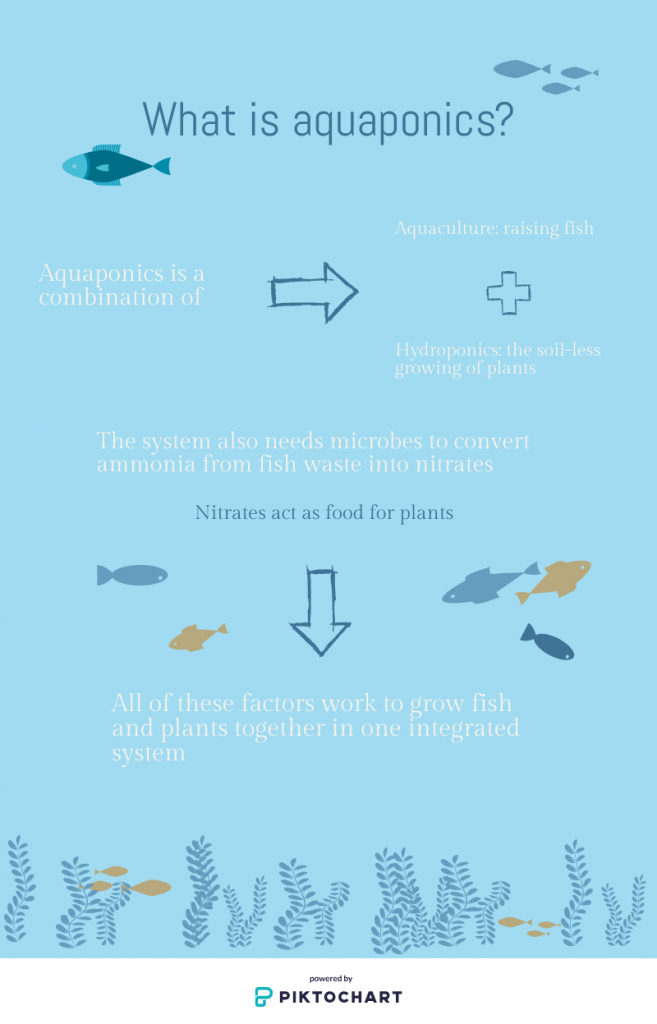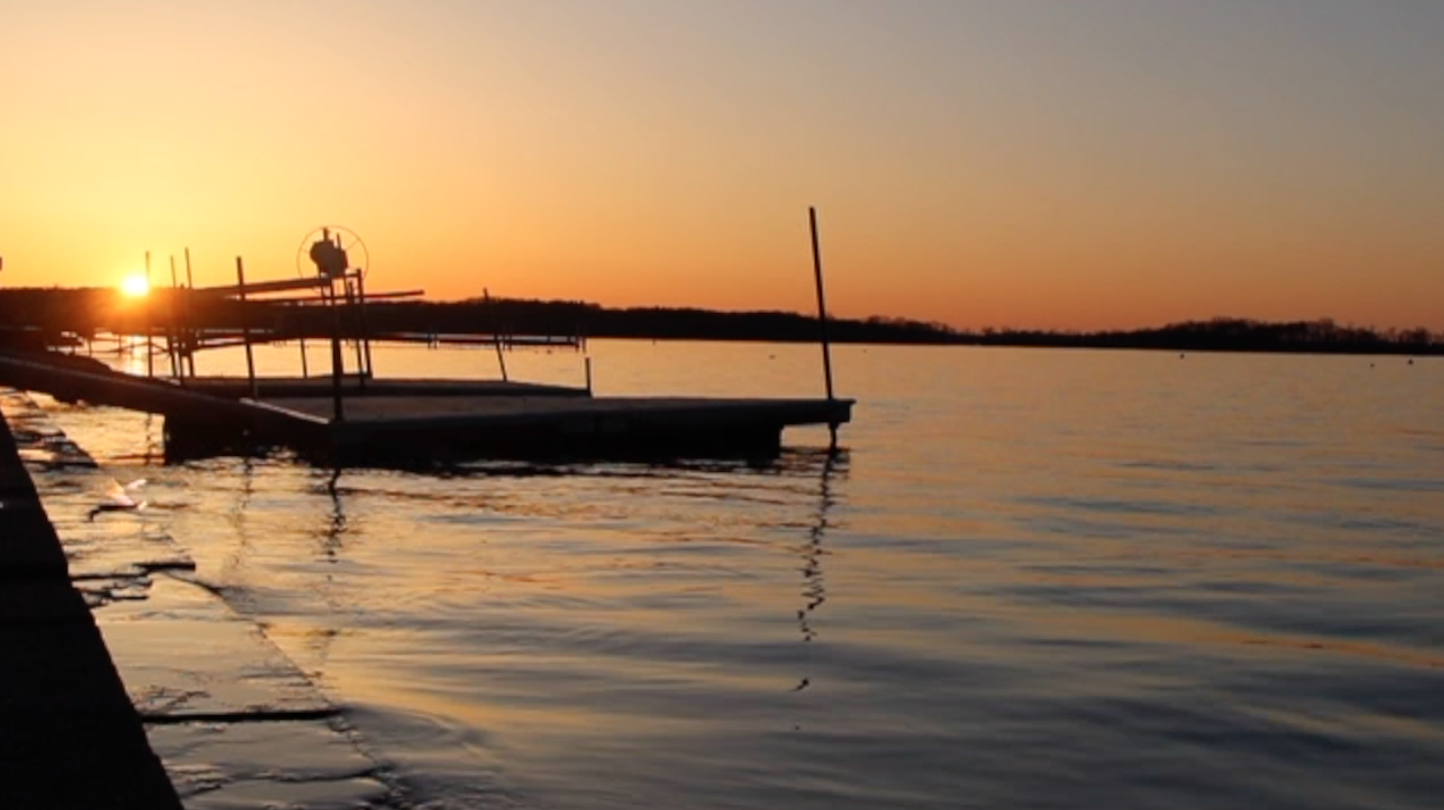By Avery Aurand
The five lakes nuzzled against Madison are hosts to beautiful scenic walks, boating activities and gorgeous sunsets, but it’s what’s happening beneath the surface of these grandiose bodies of water that interest local farmers.
No matter the produce – lettuce, strawberries, tomatoes and so on – water quality is quintessential to the success of crops. Farmers within Madison are well aware of this fact and have explored ways to ensure their water is pure.
Of the earth
Kevan Bard has operated his farm in Cottage Grove for five years. He founded the Bard Family Market Garden with his wife after they decided to ditch corporate life and give something back to the community.
“We wanted to do something good for the people who eat our product,” Bard said, “and also practice environmental farming, ecological farming where we can actually work with nature instead of against it.”
The couple began their farming process after attending a “fabulous” sustainable agriculture series through the University of Wisconsin-Extension.
Bard said the courses created a foundation for them as beginners to enact sustainable land practices, such as testing their soil.
Soil testing tells a farmer what major and minor nutrients are needed within the soil in order to produce healthy crops, Bard said. For example, if there’s an overabundance of phosphorus in the soil, do not add more. Too much phosphorus creates a dangerous overgrowth of algae in the lakes.
Bard also mentioned he refrains from using harsh chemicals in their soil because it kills earthworms and burns the soil.
He strives to work with nature instead of against it by relying on eco-services, or the resources that nature gives to us, and respecting the web of ecology, a system that defines every living thing as connected and symbiotic in some form.
The lakes and waterways are a part of the web of ecology as they sustain creatures that are essential to farming, Bard said. These creatures, such as pollinators, rely on clean water as part of their life cycle.
“If we had a deadly toxic lake, or if we started to see our local ecology go downhill, that might impact pollinators, and then a lot of the crops I grow wouldn’t do anything,” Bard said.
To receive from the lakes and waterways, we must give to the lakes and waterways, Bard said. It’s important that soil conservation is apart of the core values of farming.
He said their farm has tried to reduce their impact on the lakes by decreasing inputs, or anything that is added to the soil like fertilizers or pesticides, in the soil, using organic fertilizers and compost, and practicing cover cropping, a crop planted to prevent soil erosion and degradation.
“We’re all a part of this sharing community as good stewards of the land, as farmers,” Bard said. “There’s lots of farmers in Dane County that are working for, advocating for legislation for clean water. That knowledge flows to me, and then I can make a good choice, and I’m happier with the cover crops than any other way of managing a field.”
Fish that farm
There are dozens of traditional farms, or farms that plant their produce in the ground, in the Madison area, but there has also been a rise of “alternative” farming that does not, in fact, utilize the ground, or in some cases, soil at all.
Aquaponics is the the combination of aquaculture and hydroponics that grows fish and plants together in one integrated system, according to the Aquaponic Source. This method of farming strays from conventional farming, such as the Bard Family Market Garden, as it does not involve soil. In fact, it doesn’t even require the ground.
Aquaculture is the breeding, rearing, and harvesting of fish, shellfish, plants, algae and other organisms in all types of water environments, as defined by the National Ocean Service of the National Oceanic and Atmospheric Administration.
Pam Prince, founder of Cube Farm, an aquaponics operation in Sun Prairie, Wisconsin, said their operation is fairly simple.
Located in an 1,100-square-foot warehouse, Cube Farm has five systems of aquaponic tanks that carry approximately 400 gallons of water, Prince said.
When the tanks’ water rises above certain levels, the water spills down into a rain gutter-like mechanism where all of the plants grow, Prince explained. From there, the water flows through the plants into a collection tub where the fish live, otherwise known as a livestock tank.
After circulating through the livestock tank, the water repeats the cycle over and over again. Prince emphasized that this is a closed system because nothing leaves the tanks besides the produce and evaporated water.
Aquaponics is different than aquaculture in this way, as the water used in aquaponics is not filtered or disposed of after its use, Prince said. This is more environmentally friendly as the closed system mitigates risk of foreign materials from infiltrating the lakes and waterways.
Fluorescent lights hang over each tank to promote the growth of lettuce, Cube Farm’s main produce. Prince said their business yields about 10 to 15 pounds of lettuce every week.
She added her aquaponics operation has little direct relationship to the Madison area lakes, except for the use of tap water in the tanks.
According to a report released by the City of Madison, the city’s tap water comes from aquifers that collect groundwater. This is water that has travelled through Madison’s lakes via the water cycle.
Prince said since they use tap water in their operation, it’s important to monitor the Ph levels, or what the United States Geological Survey said is a measure of how acidic or basic water is, of the water as Madison’s tap water is “fairly hard.” As long as they regularly check the water quality, things run smoothly.
“A lot of people try to make it [aquaponics] this magic voodoo stuff, but it’s really not,” Prince said. “It’s just basic science. I see this being a very popular thing as people learn more about it.”
In fact, the demand for aquaponics has only increased in the Midwest. Nelson and Pade, a corporate-level aquaponics company, has blazed a trail for the farming practice and developed a Madison branch 10 years ago.
Terri Grall, a sales representative for Nelson and Pade, said their method of farming uses one-sixth of the water that traditional farming uses, all chemical free. Therefore, lakes and waterways are unaffected by home and commercial aquaponic systems as there are no added chemicals within these systems that can escape.
With such a boom in the new-age farming, it’s no surprise that Prince has received positive feedback from her customers.
“People want their produce to be chemical free, and they want it to be local,” she said. “There has not been one person that’s said, ‘Having fresh, locally grown greens in Madison in February is a stupid idea.’”

Crops in cubes
Fish are the difference between a hydroponic system and an aquaponic system, Prince said. A hydroponic system, as defined by the Merriam-Webster dictionary, is the growing of plants in nutrient solutions with or without an inert medium, such as soil, to provide mechanical support.
Edward Berna, founder of a hydroponics store in Madison called Paradigm Gardens, said their business specializes in fish-less farming as many of his customers do not want to deal with fish.
He said a well-developed hydroponics operation depends on the desired outcome, whether that be small-scale or at a corporate level, so knowing what you want is essential.
Similar to aquaponics, hydroponics operates as a closed system, so it does not directly involve the lakes. Berna said attempting to integrate the lakes into a hydroponics operation could lead to issues.
“Using substances directly from the lakes or waterways in hydroponics would just be asking for more problems,” he said. “It’s a closed system for a reason.”
University of Wisconsin-Madison Professor Peter Nowak, an expert in soil and water resources, said a closed-system operation such as hydroponics diminishes the risk of pollution. He expressed excitement about the future of hydroponics as he believes it could be integrated into traditional farming or even animal farming to even further reduce wasteful and harmful practices.
Hydroponics allows for year-round production, predicted yields, and a better use of water and space, Berna said, as he calls traditional agriculture an “abuse to our water systems.”
“We can’t just keep the status quo,” Berna said. “We need to use technology to enhance local, sustainable agriculture.”

